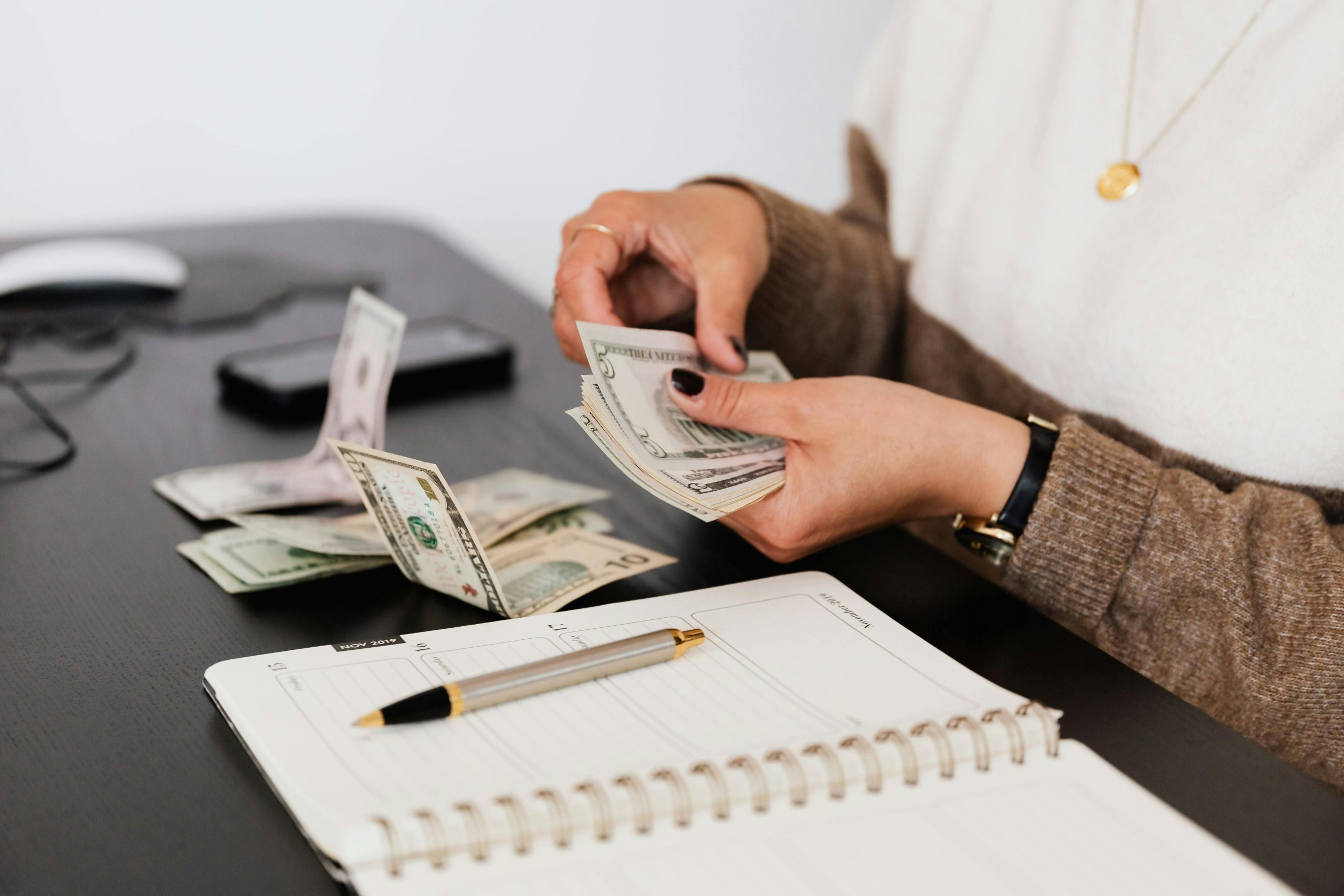In today’s unpredictable economic climate, having an emergency fund is more important than ever. Whether it’s an unexpected medical bill, a sudden job loss, or an urgent home repair, life is full of financial surprises. An emergency fund acts as a financial safety net, helping you weather storms without falling into debt. But how do you build one? This guide will walk you through smart, actionable steps to create an emergency fund and secure your finances in uncertain times.
Why an Emergency Fund Is Essential
An emergency fund is a dedicated pool of money set aside to cover unforeseen expenses. Unlike savings for vacations or a new car, this fund is strictly for emergencies—situations that demand immediate financial attention. Here’s why it’s a must-have:
- Financial Security: It prevents you from relying on credit cards or loans during crises, which can lead to debt.
- Peace of Mind: Knowing you have a financial cushion reduces stress and allows you to focus on solutions rather than worries.
- Flexibility: It gives you the freedom to make better decisions, like leaving a toxic job or handling a family emergency without financial strain.
Without an emergency fund, even a minor setback can spiral into a major financial crisis. The good news? Building one is simpler than you think.
How Much Should You Save in Your Emergency Fund?
The size of your emergency fund depends on your lifestyle, expenses, and financial obligations. A common rule of thumb is to save three to six months’ worth of living expenses. Here’s how to determine the right amount for you:
- Calculate Monthly Expenses: Add up essentials like rent, utilities, groceries, transportation, insurance, and debt payments.
- Assess Your Risk Factors: If you have a stable job, three months’ expenses may suffice. Freelancers or those with irregular income should aim for six months or more.
- Start Small: If saving several months’ expenses feels overwhelming, begin with a smaller goal, like $1,000, and build from there.
Remember, the goal is progress, not perfection. Even a modest emergency fund is better than none.
Smart Strategies to Build Your Emergency Fund
Building an emergency fund requires discipline and consistency. Here are proven strategies to help you grow your savings efficiently:
1. Automate Your Savings
Set up automatic transfers from your checking account to a dedicated savings account. Treating your emergency fund like a non-negotiable bill ensures consistent contributions without the temptation to spend.
2. Cut Unnecessary Expenses
Review your monthly spending and identify areas to trim. Cancel unused subscriptions, dine out less, or switch to a cheaper phone plan. Redirect those savings to your emergency fund.
3. Boost Your Income
Consider side gigs, freelance work, or selling unused items to accelerate your savings. Even an extra $100 a month can make a significant difference over time.
4. Save Windfalls
Tax refunds, bonuses, or cash gifts can give your emergency fund a quick boost. Instead of splurging, allocate a portion (or all) of these windfalls to your savings.
5. Keep It Accessible but Separate
Your emergency fund should be easily accessible but separate from your everyday spending account. A high-yield savings account is ideal—it offers liquidity while earning a bit of interest.
Where to Keep Your Emergency Fund
Choosing the right place to stash your emergency fund is crucial. You want it to be safe, liquid, and separate from your regular spending. Here are the best options:
- High-Yield Savings Account: Offers better interest rates than traditional savings accounts while keeping your money accessible.
- Money Market Account: Combines the benefits of savings and checking accounts, often with higher interest rates and check-writing privileges.
- Certificates of Deposit (CDs): Provide higher interest rates but lock your money for a set period. Only use these for a portion of your emergency fund if you’re comfortable with limited liquidity.
Avoid investing your emergency fund in stocks or other volatile assets. The goal is preservation, not growth.
When to Use Your Emergency Fund
An emergency fund is for true emergencies—unexpected, urgent, and necessary expenses. Examples include:
- Medical emergencies
- Sudden job loss
- Car repairs needed for work
- Essential home repairs (e.g., a leaking roof)
It’s not for planned expenses like vacations, holiday shopping, or routine car maintenance. If you dip into your fund, prioritize replenishing it as soon as possible.
Conclusion
Building an emergency fund is one of the smartest financial moves you can make. It provides stability, reduces stress, and prepares you for life’s unexpected challenges. Start small, stay consistent, and adjust your strategy as needed. With time and discipline, you’ll create a financial cushion that empowers you to face uncertain times with confidence. Remember, the best time to start is now—your future self will thank you.
